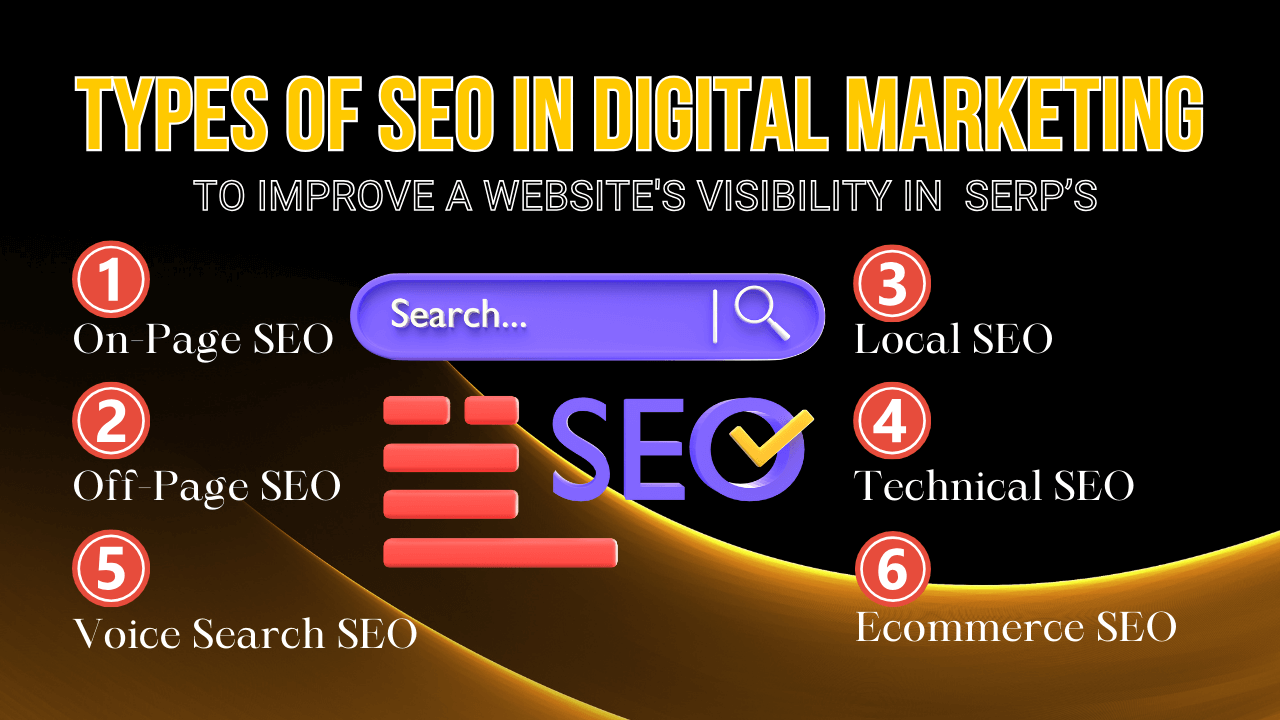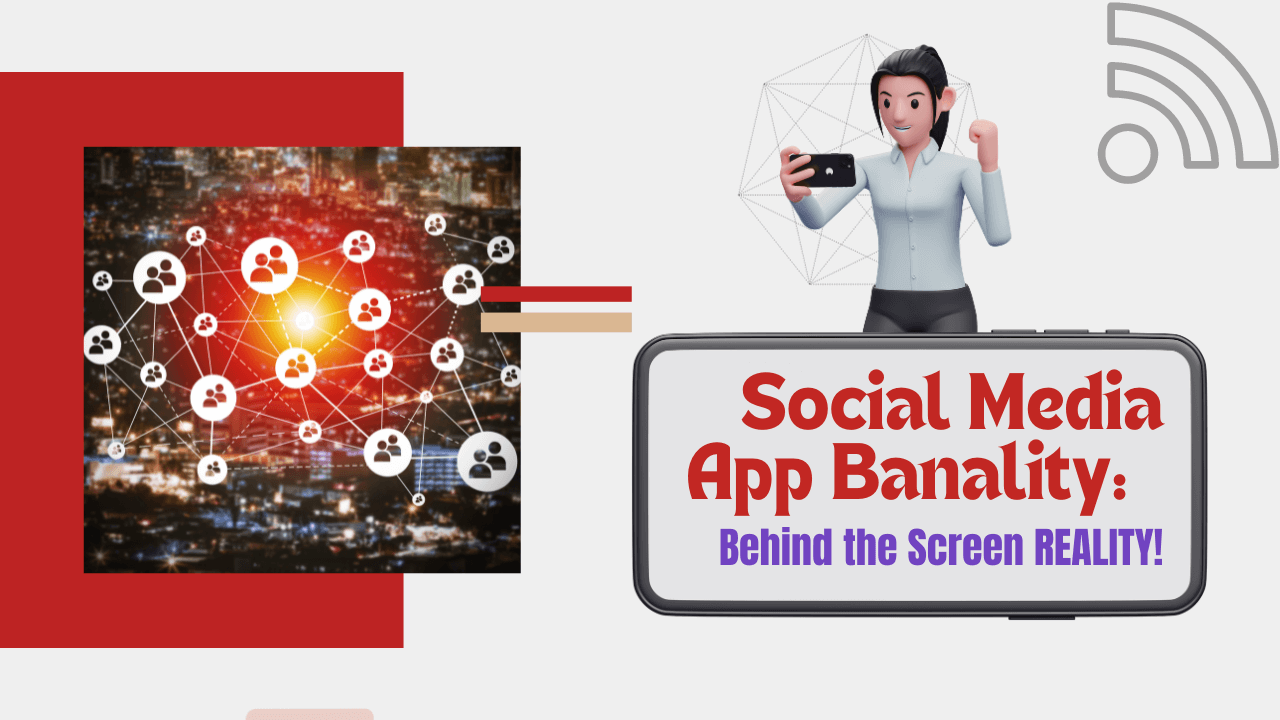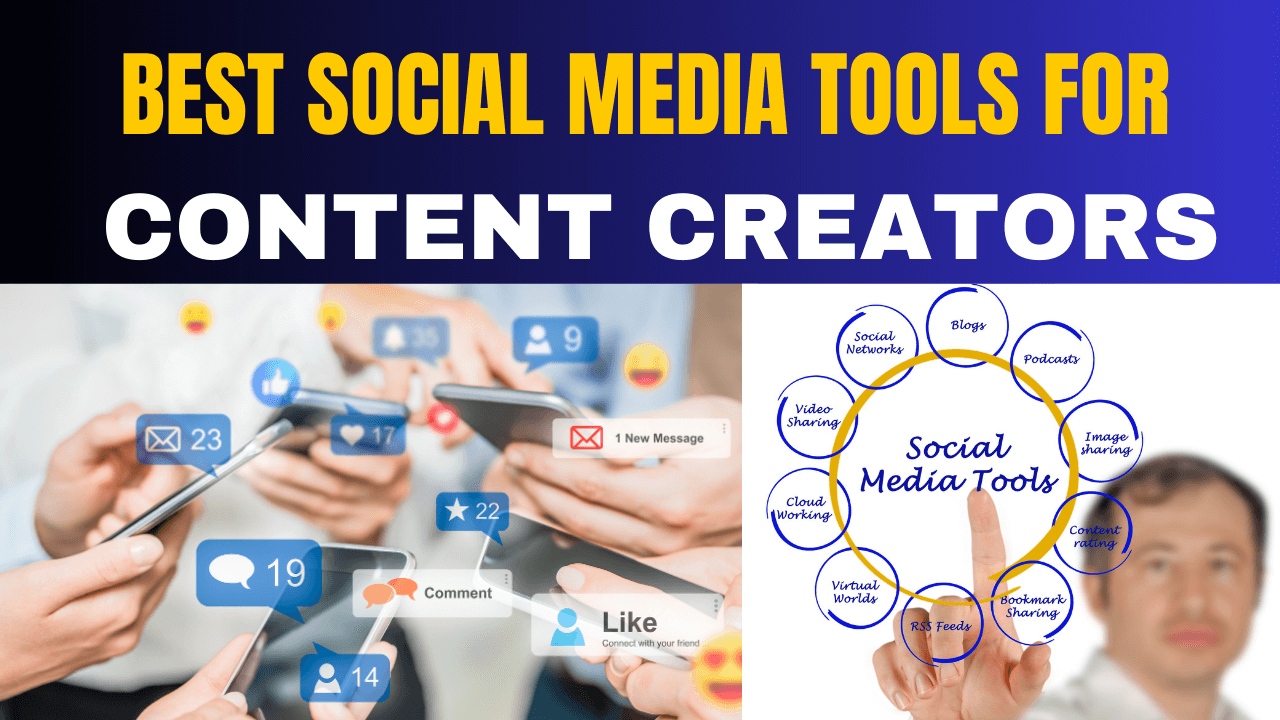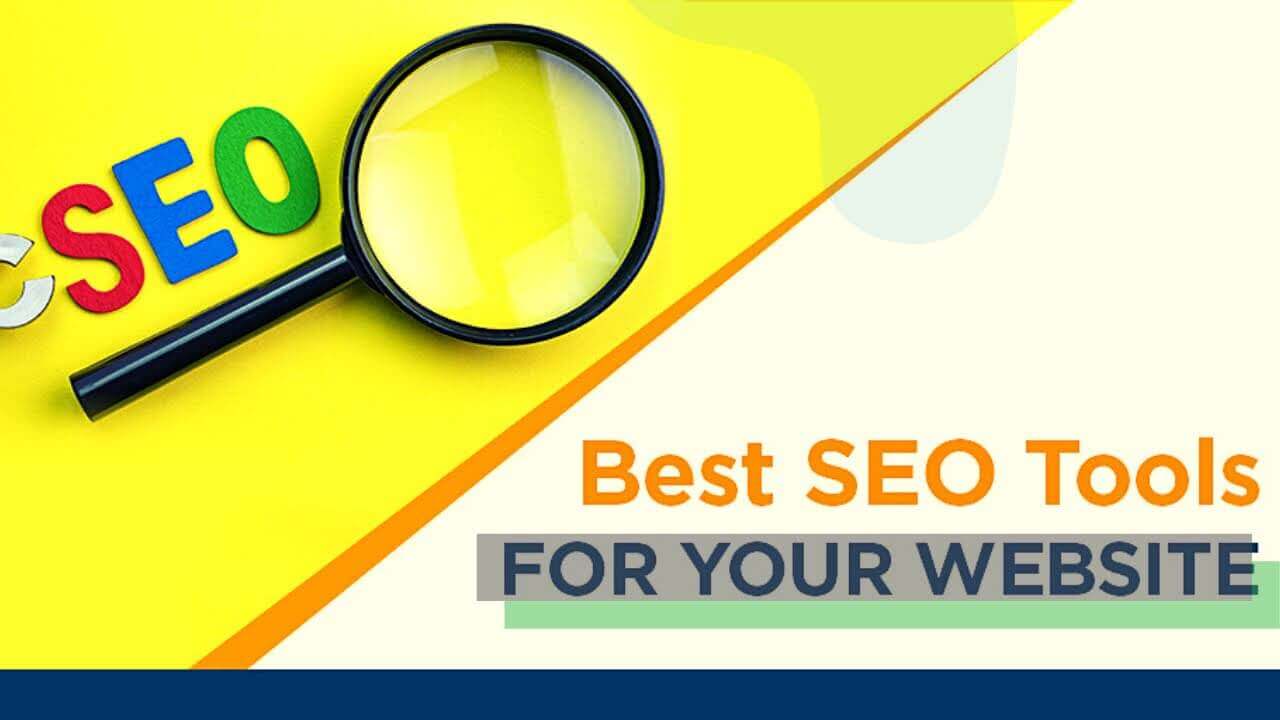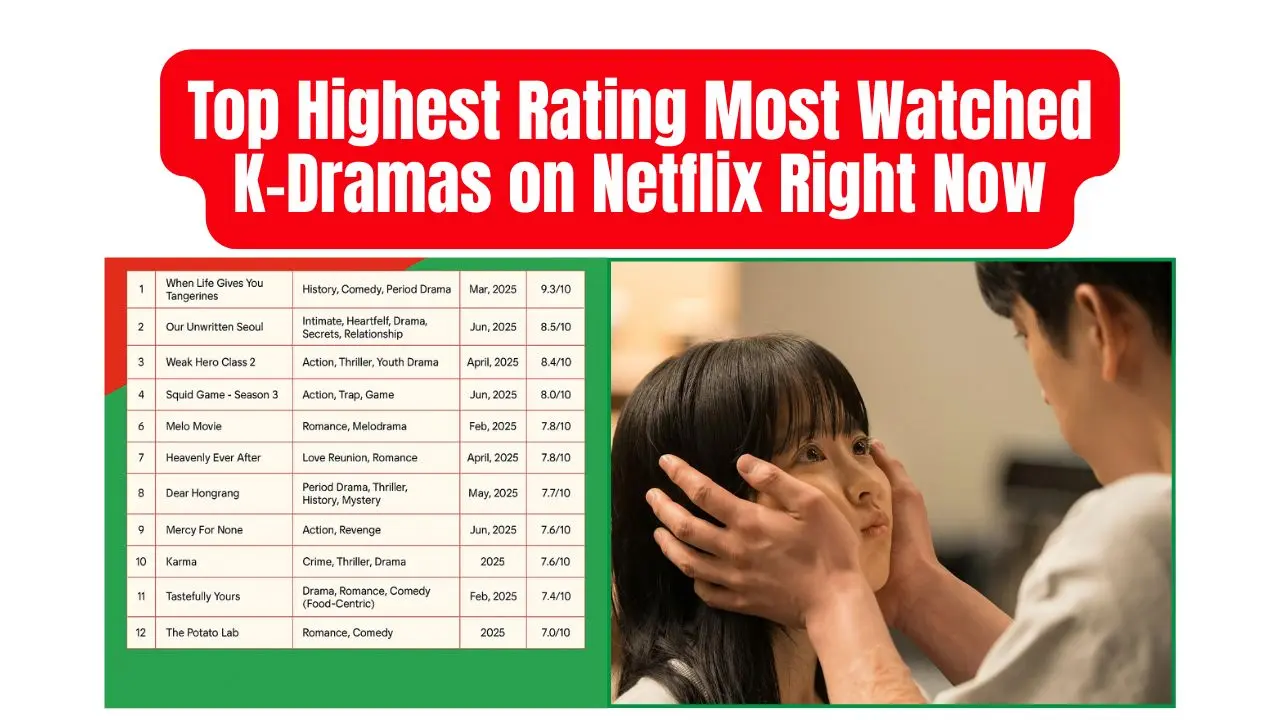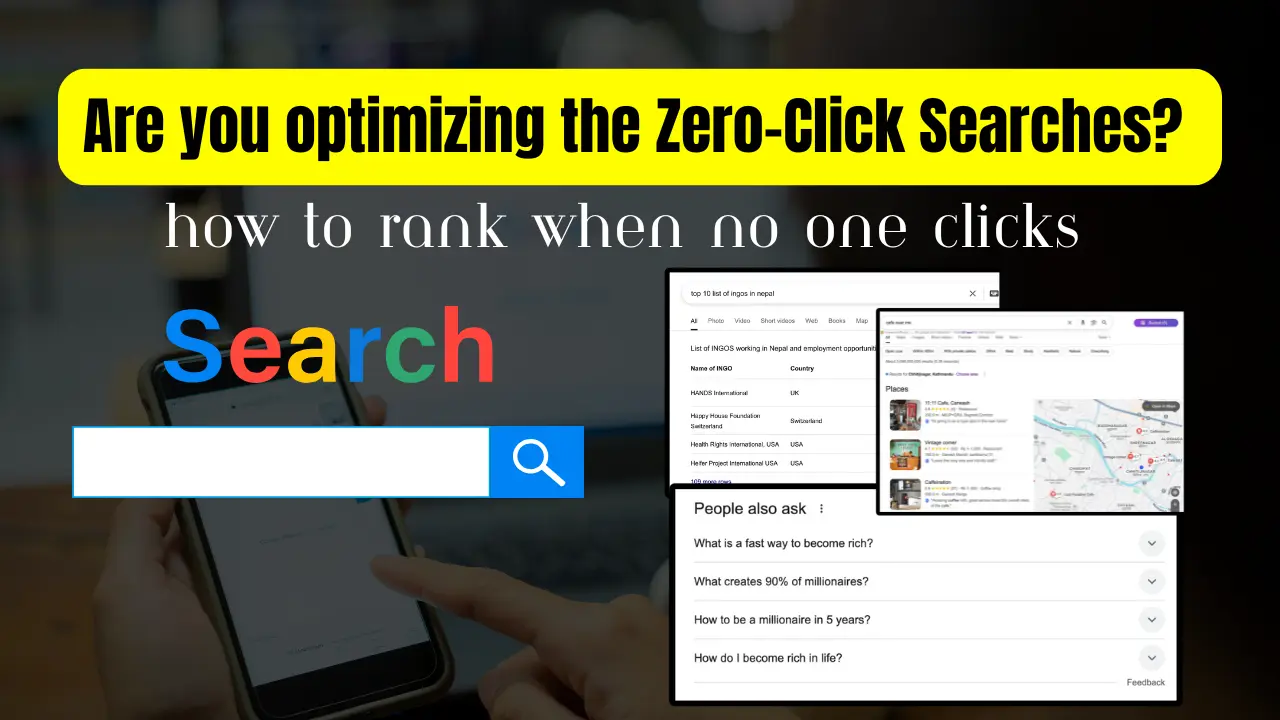Top 10 AI Marketing Apps & Benefits – Power of Artificial Intelligence
2 years agoSearch Intent in SEO: 4 Types of Intent for SEO Ranking
9 months ago -
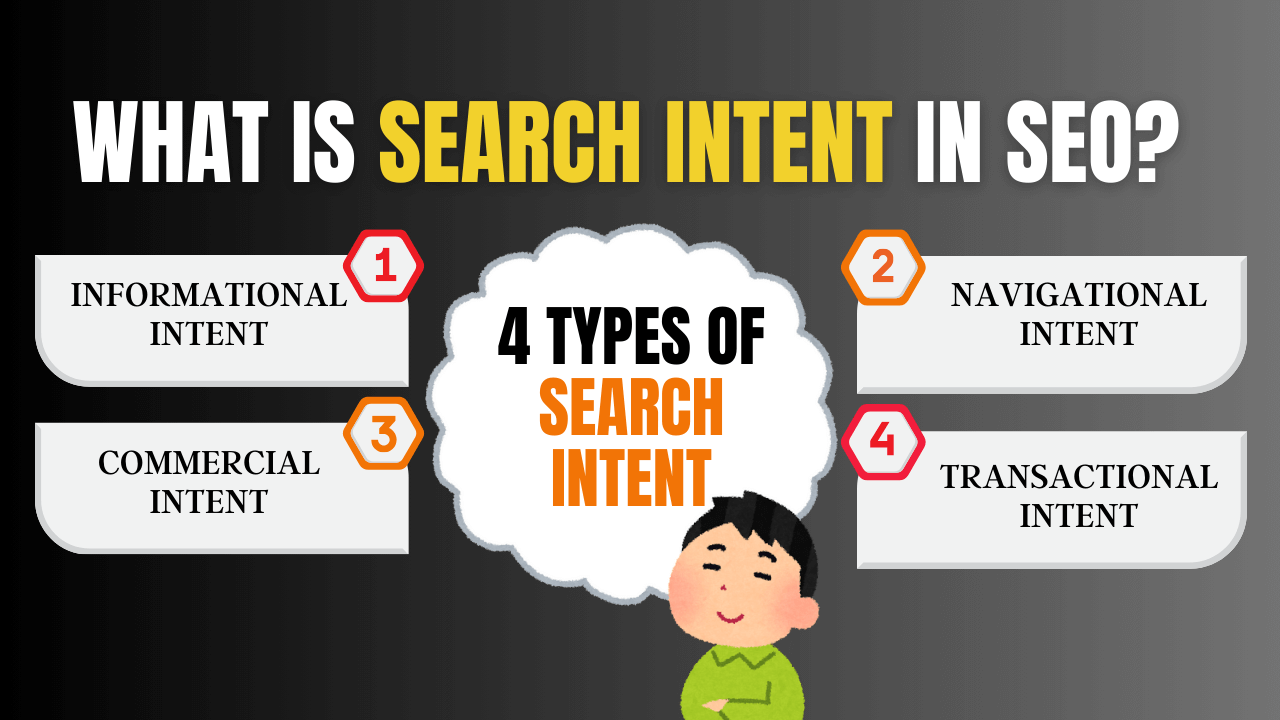
If you are looking for an essential topic in SEO, then you’re in the right place. The most common topic is search intent in SEO after the change in the SEO algorithm. Trust me, once you understand what search intent in SEO is, you’ll see your content strategy in a completely new way to be featured in search results. So, let’s not be late, and let’s learn this lesson together!
Table of Contents
What is Search Intent in SEO?
Search intent is the reason behind a true intention of a user’s online search and what they want when they type something into Google or ask a voice assistant. It’s the “why” behind every search. It helps to determine what users are seeking while typing a keyword/query in a search engine.
In Search intent in SEO, understanding search intent is crucial for creating content that effectively meets the user’s needs. Whether a user is looking for a specific website, information, or product, search engines like Google have evolved to analyze the user’s intention and match content to these different intents.
Search intent means understanding what the user is looking for when they search online, like knowing something, visiting a website, comparing products, or buying something.
In modern SEO ranking, search intent is the most important factor. Simple content with keywords is no longer effective. Today’s prioritized content on Google and other search engines reflects what users want.
Google has been scary good at figuring out search intent. This is why, if you’re working to rank your content, search intent is one of the best factors.
Why Is Search Intent Important for SEO?
A search engine is important for SEO rankings and content creation. It focuses on matching content to intent, not just keywords. That’s how it helps to deliver the most beneficial results to users.
Key SEO Benefits of Targeting Search Intent
- Higher rankings
- Lower bounce rates
- More engaged visitors
- Better conversion rates
- Better User Experience
- Informed Content Strategy
Search intent helps websites rank higher by showing Google that the content truly matches what users are looking for.”
Four Different Types of Search Intent
Search Intent is eventually Google’s #1 goal for effective modern SEO strategies. As SEO pros already agree, 99% of online search terms fall under one of four main types of search intent: Informational, Navigational, Commercial, and Transactional Intent.
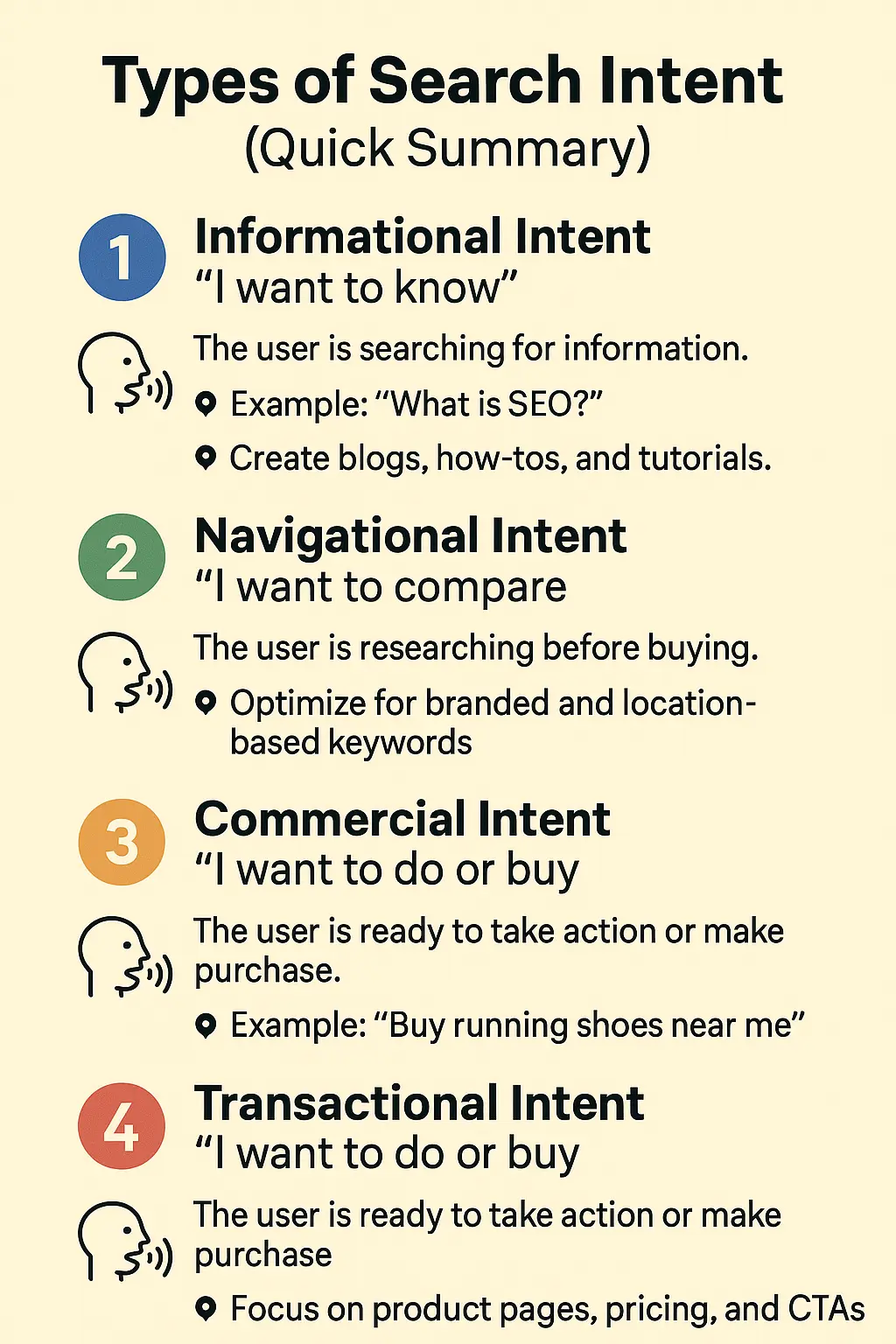
1. Informational Intent: “I want to know”
In informational intent, the user is searching for information. The users want to LEARN something- looking for information, answers to a specific question, or learn something new. For example, users search for “strategy of SEO” or “what is the Google search algorithm”.
Goal: Users want to learn something new or find information on a specific topic.
Content focus: Provide complete, informative content that answers the user’s query.
Examples:
- “How to make money online“
- “What is the capital of Nepal?”
- “Symptoms of the common cold”
2. Navigational Intent: “I want to go”
In Navigational intent, the user wants to visit a specific website or webpage. Users want to GO to a specific online destination, such as a specific website or page, and use search as their GPS. For example, users search for “TikTok trending videos” or “Facebook login.”
Goal: Users want to find a specific website, product, or service.
Content focus: Optimize your website for brand searches and confirm it’s easy to navigate.
Examples:
- “Facebook login”
- “Google Maps”
- “Softbenz location”
3. Commercial Intent: “I want to compare”
In Commercial intent, the user is researching before buying. These searcher wants to RESEARCH something before making a decision, such as comparing products or services. For example, users search for “iPhone 16 Pro Max vs iPhone Pro” or “price of SEO services”.
Goal: Users want to make a purchase or complete a transaction.
Content focus: Create clear product pages, optimize for relevant keywords, and provide clear calls to action.
Examples:
- “Best smartphones 2024”
- “Adidas vs Nike shoes”
- “Stockbroker in Nepal”
- “iPhone 15 vs iPhone 16”
4. Transactional Intent: “I want to do or buy”
In Transactional intent, the user is ready to take action or make a purchase. This is your action-taker. Searchers are ready to DO something, buy, sign up for something, or complete a specific action online. For example, users search for “cafe near me” or “dental clinic in Kathmandu”.
Goal: Users want to find local businesses or services.
Content focus: Optimize for local SEO, include your business website, address, and phone number, and claim your Google My Business listing.
- Examples:
- “Restaurants near me,”
- “Best IVF hospital in Kathmandu”
- “Buy iPhone 16 Pro”
- “Subscribe to Netflix”
How to Identify Search Intent
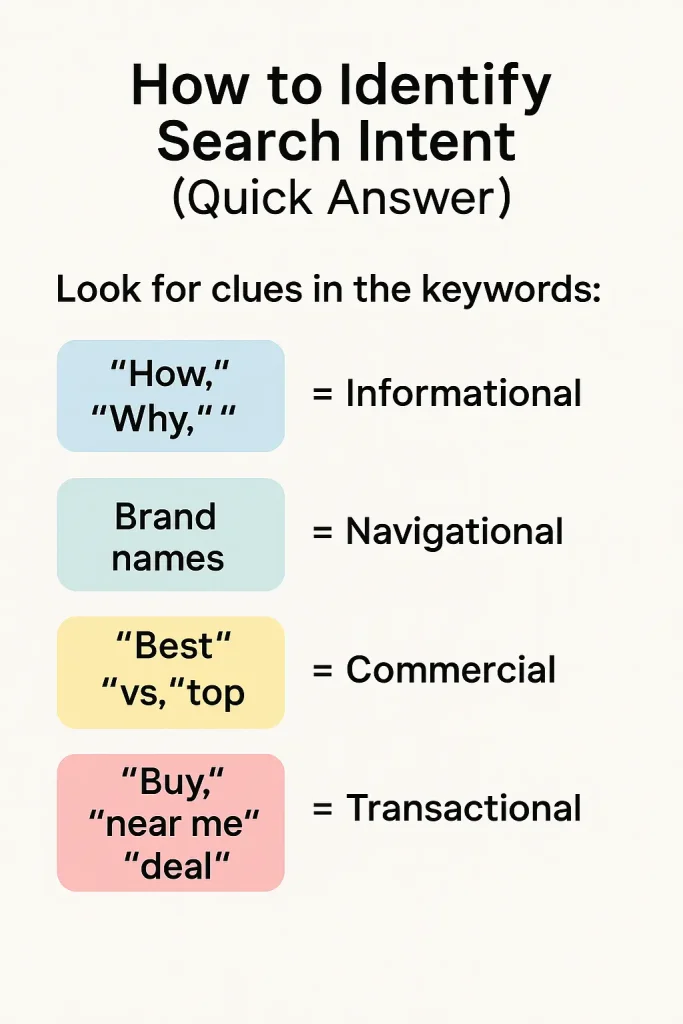
To identify the search intent, look for clues in the keywords:
- “How”, “Why”, “What” = Informational
- Brand names = Navigational
- “Best”, “vs”, “top” = Commercial
- “Buy”, “near me”, “deal” = Transactional
Just look at the keywords in the search, they usually tell you what the person wants to do.
How Search Intent Affects SEO Rankings
Search intent affects seo ranking because Google ranks pages that match user intent. If a user wants a comparison, but you give them a sales pitch, they’ll bounce fast.
Content that matches search intent ranks better, gets more clicks, and keeps people on the page longer.
Also read: What Are Zero-Click Searches?
Keyword Search Intent Tool [Free, Easy use, No Login]
Several keyword intent tools can help determine the intent behind search queries. Free Tools like Ahrefs, Moz, and SEMrush offer keyword intent analysis and target specific types of searches. These tools also provide insights into user behavior and how different queries align with intent.
- Keyword Research Tools:
- SERP Analysis Tools:
- Social Listening Tools:
Measuring the Success of Intent-Targeted SEO Strategies
After optimizing content for different search intents in SEO, measuring success is vital. Key metrics include organic traffic, bounce rates, time on page, and conversion rates.
If users are finding relevant content that matches their intent, these metrics will reflect positive engagement and successful SEO strategies.
Common SEO Mistakes in Search Intent Targeting
A common SEO mistake in Search intent targeting is misunderstanding or misidentifying user intent. For example, creating transactional content for an informational query can result in high bounce rates and poor engagement. Another pitfall is over-optimizing for a specific intent and ignoring the others. A balanced approach is necessary for long-term success.
- Misjudging the user’s goal
- Using transactional content for informational searches
- Ignoring long-tail or voice-style queries
Future of Search Intent in SEO and AI
The future of search intent in SEO will grow even more powerful as search engines continue to evolve. Future trends suggest more personalized search results, voice search, and AI-driven analysis of user intention, all of which will make search intent a crucial part of SEO strategies.
- Expect more zero-click searches
- Optimize for spoken questions and concise answers
- Use schema markup to help search engines understand your content better
Conclusion
Search intent in SEO is understanding what someone wants when they search online, whether they want to learn, visit a website, compare products, or buy something. Creating content that matches this intent helps websites rank higher and helps users more virtually.
Remember, SEO isn’t just about pleasing algorithms – it’s about connecting real people with the information or solutions they’re looking for. Master in search intent, and you’ll not only improve your rankings but also create genuinely helpful content that your audience will love.
So, what do you think? Ready to become an intent-reading SEO magician? I’d love to hear your thoughts or experiences with optimizing for search intent. Drop a comment below, and let’s keep the conversation going!
FAQs
What is search intent in SEO?
Search engine in SEO is about the true intention behind what the user looks for while searching online. It is about knowing the intent behind a user’s search query.
What are the types of search intent?
There are four main types of search intent: navigational, informational, transactional, and commercial inquiry.
How does search intent impact SEO?
Search intent impacts SEO by changing the writing style of content that must be planned and created according to user intent and expectation, improving ranking and engagement.
How to search intent help in ranking with keywords?
Search intent helps in rankings with keywords by matching user intention, improving content strategy, attracting more clicks (higher CTR), keeping users engaged longer, reducing bounce rate, and helping SEO ranking.
Why is search intent important for e-commerce?
Yes, Search intent is really important for e-commerce businesses because it helps guide users from awareness to purchase through the right type of content at each stage.
- How to Optimize for Zero-Click Searches? Is It Bad for SEO?
- Metaverse Marketing: Social Media Marketing in the Metaverse
- What is On Page Optimization? Keyword, URL, Meta Tags, ALT Tags & MORE!
- AI vs Human Copywriting: 10 Reasons Why Human Copy is Better Than AI
Speed Up WordPress: Reduce Main-Thread Work Without Plugins (2025)
Top 15 AI Tools for Video Creation You Won’t Regret !
OpenAI’s New Sora AI Video Generator: AI Tool Revolutionized Content Creation
Simple Steps To Reactivate Disable Facebook Ad Account Today!
12 Facebook Marketing Examples to inspire your brand!
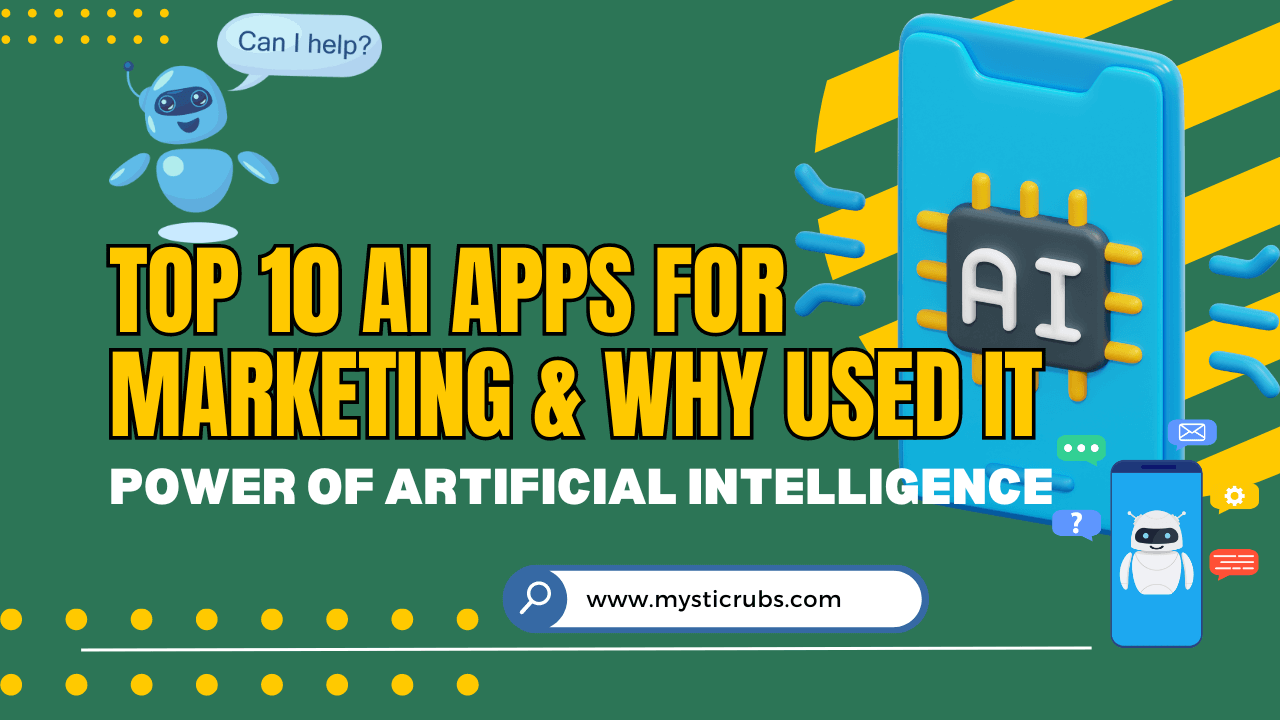
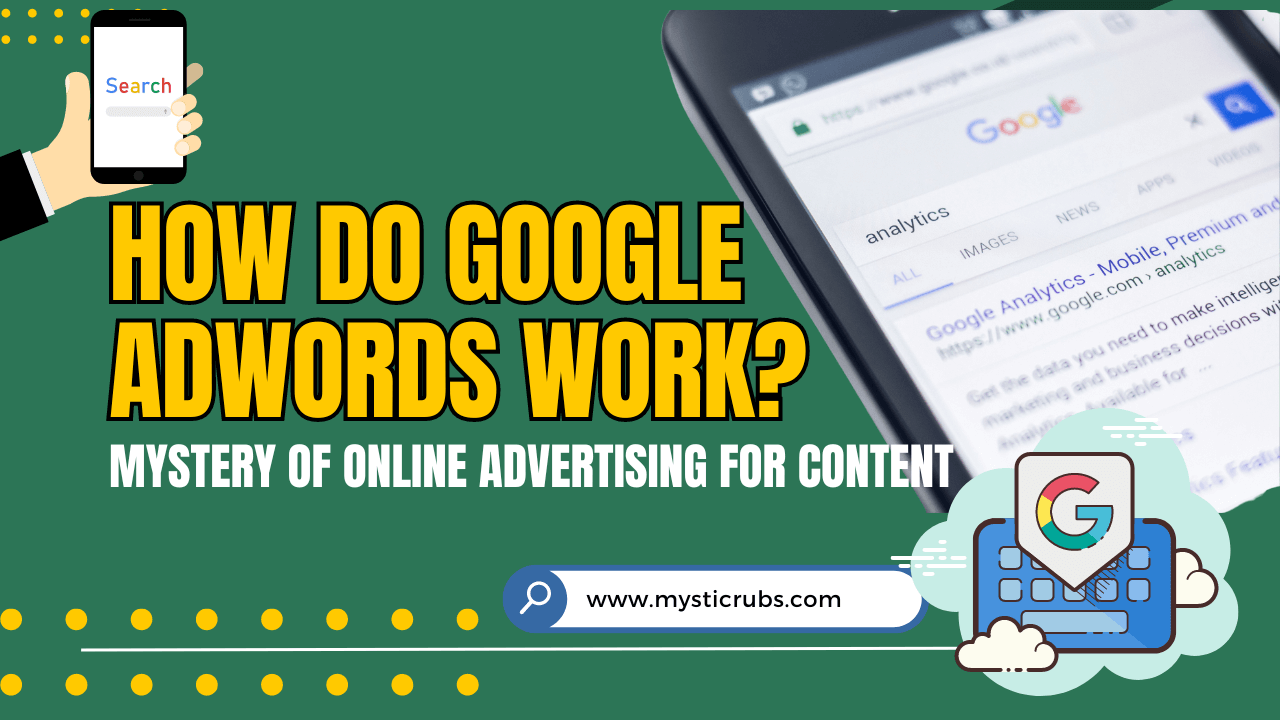
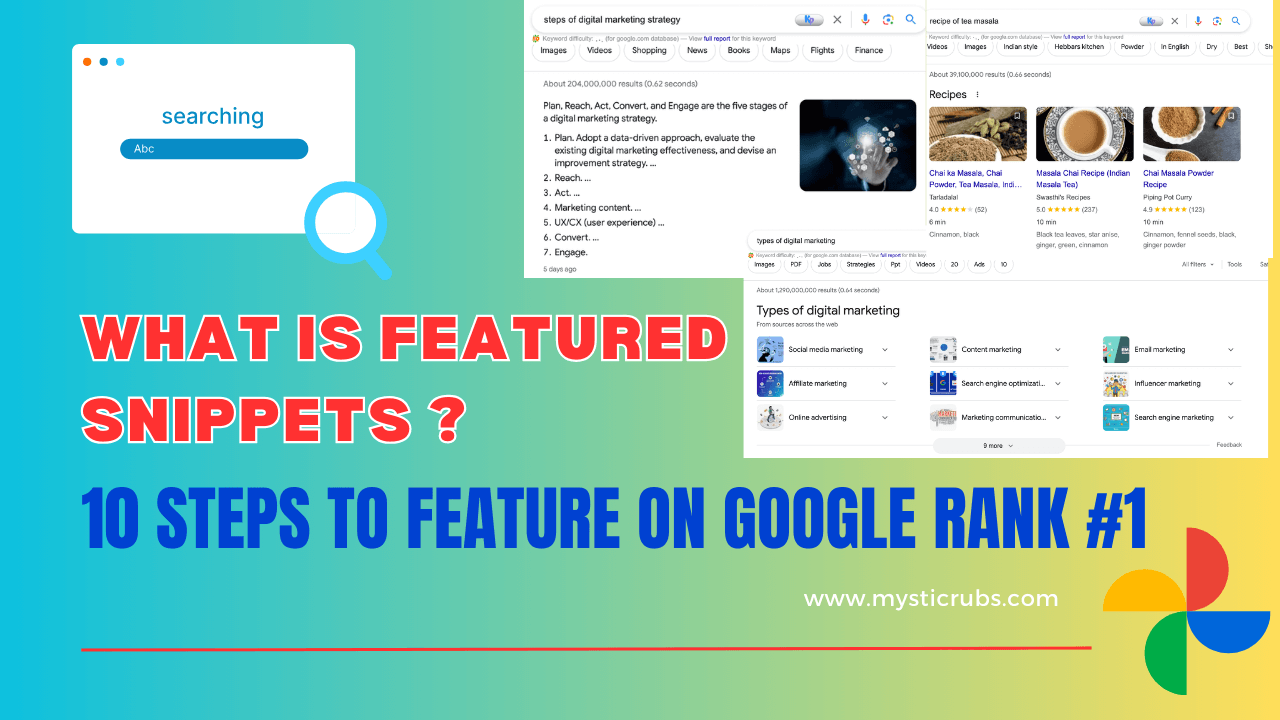
![[2025 Updated] Top 10 Digital Marketing Agencies in Nepal Ranked!](https://mysticrubs.com/wp-content/uploads/2022/05/top-10-digital-marketing-company-in-nepal.png)
